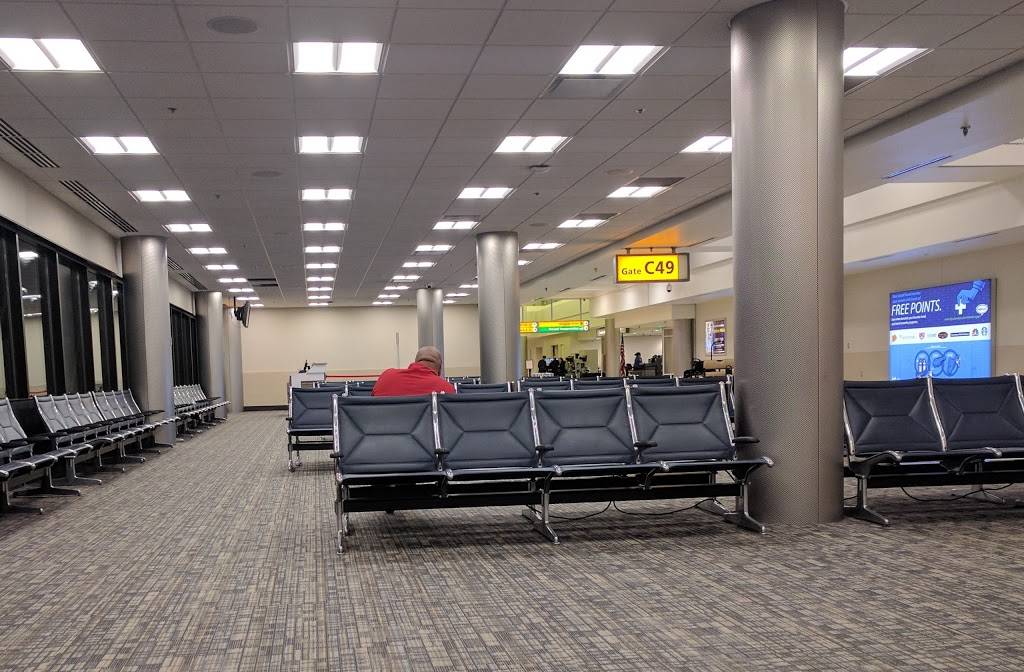
Navy, which established Naval Air Station Columbus in 1942. ĭuring World War II, most of the facility was taken over by the U.S. The original terminal building and hangars remain the hangars are still in use, but the old terminal sits derelict. Passengers traveled overnight on the Pennsylvania Railroad's Airway Limited from New York to Columbus by air from Columbus to Waynoka, Oklahoma by rail again on the Atchison, Topeka & Santa Fe from Waynoka to Clovis, New Mexico and by air from Clovis to Los Angeles. The airport opened Jas the Port Columbus Airport on a site selected by Charles Lindbergh, as the eastern air terminus of the Transcontinental Air Transport air-rail New York to Los Angeles transcontinental route. The Old Port Columbus Terminal, the airport's first control tower and terminal


On June 28, 2016, a celebration of the renaming was held and new signage bearing the airport's new name was unveiled. Ohio Governor John Kasich signed the bill into law on June 14, 2016, with the name change becoming official 90 days later. The name change was unanimously approved by the airport's nine-member board on May 24, 2016. On May 25, 2016, the Ohio General Assembly passed a bill to rename the airport from Port Columbus International Airport to its current name, in honor of astronaut and four-term U.S. It provides 148 non-stop flights to 31 airports via nine airlines daily. John Glenn Columbus International Airport is primarily a passenger airport.
Columbus ohio airport restaurants code#
The airport code "CMH" stands for "Columbus Municipal Hangar," the original name of the airport. Formerly known as Port Columbus International Airport, it is managed by the Columbus Regional Airport Authority, which also oversees operations at Rickenbacker International Airport and Bolton Field.

John Glenn Columbus International Airport ( IATA: CMH, ICAO: KCMH, FAA LID: CMH) is an international airport located 6 miles (9.7 km) east of downtown Columbus, Ohio.


 0 kommentar(er)
0 kommentar(er)
